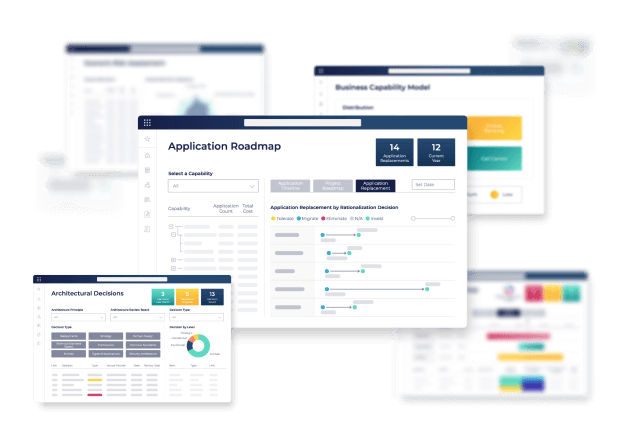Business capabilities are crucial for your organization’s ability to operate efficiently. As high-level concepts in the business layer of enterprise architecture, they serve as fundamental building blocks, incorporating various components from technology and information to processes and people.
Are you effectively leveraging your business capabilities? How well are they understood within your organization?
A business capability model is a key architectural viewpoint that depicts the capabilities an enterprise needs to execute its strategy. Beyond identifying capabilities, these models can assess their maturity across dimensions such as people, process, and technology. Additionally, a capability model helps architects communicate insights to business stakeholders using heatmaps for easy understanding.
To support you in this endeavor, we are pleased to offer our free Business Capability Model Starter Pack.
What's Inside the Business Capability Model Starter Pack?
- Business Capability Model Visio Template: Start your modeling with a ready-to-use template.
- Notation for Describing Business Capabilities: Clear guidelines to articulate your organization’s capabilities.
- Heatmap Options: Tools for displaying the capability and importance visually.
Download now to master business capabilities, streamline EA with models, and enhance business architecture with effective capability mapping. Get started today with our comprehensive and free capability templates and optimize with capability tools.
Download the Starter Pack


